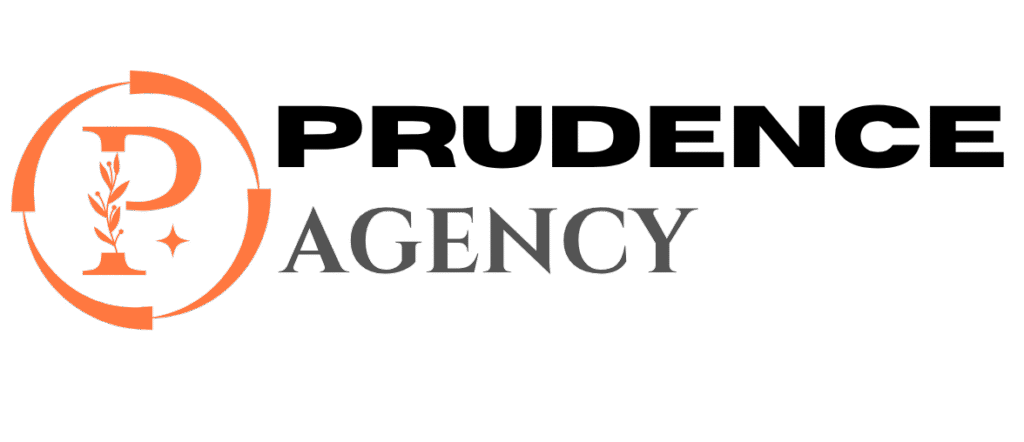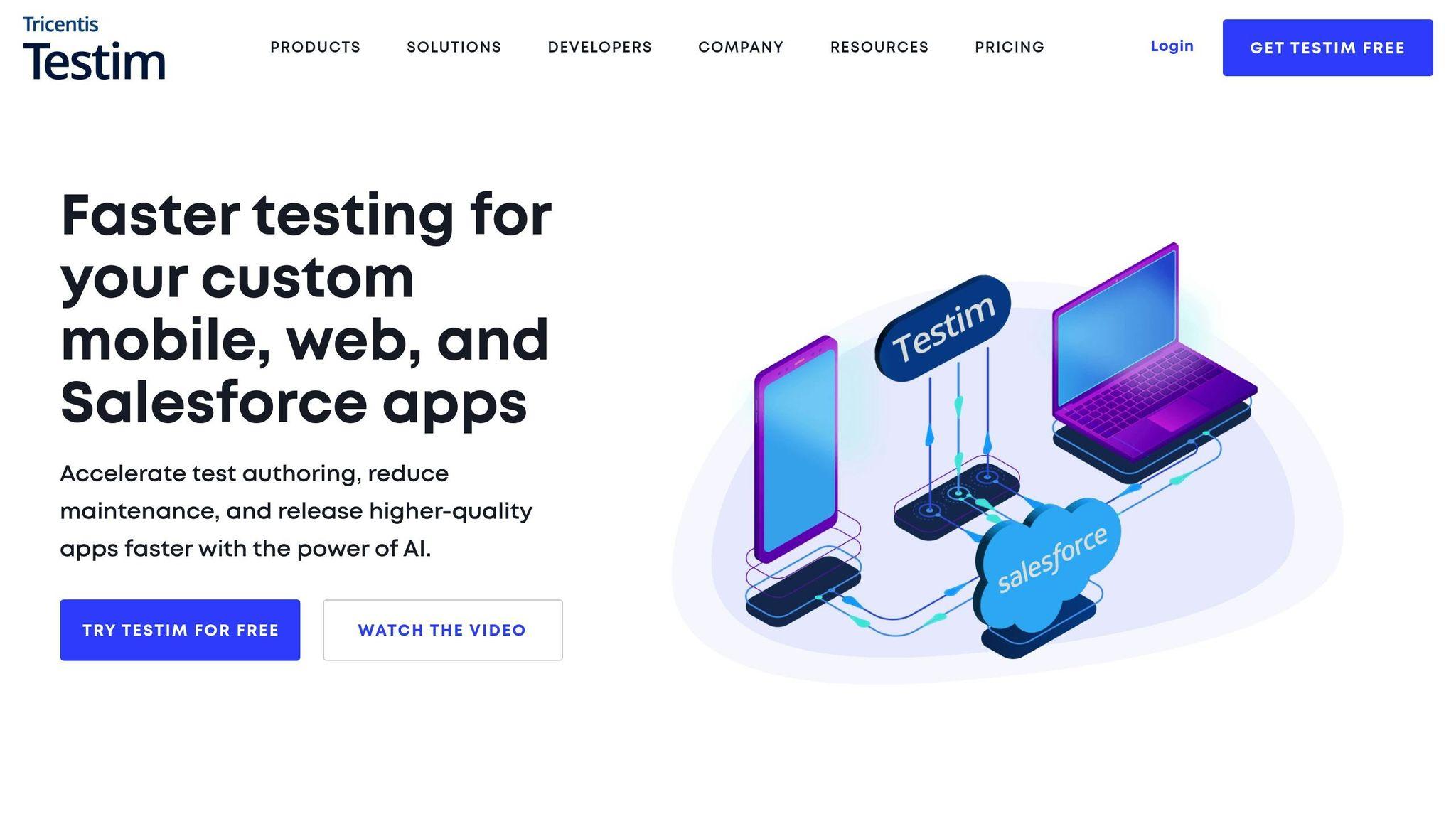How to Use AI to Detect and Fix Website Issues
Maintaining a seamless and efficient website is crucial for online success in 2024. However, website issues such as slow loading times, broken links, or security vulnerabilities can negatively impact user experience and search rankings. Thankfully, Artificial Intelligence (AI) has revolutionized how we identify and fix these problems quickly and effectively. In this comprehensive guide, you’ll discover how to harness AI to detect and resolve website issues, boosting your site’s performance and SEO.
Why Use AI to Detect Website Issues?
Traditional website troubleshooting methods can be time-consuming, manual, and sometimes inaccurate. AI-powered tools automate the detection process, scanning your entire website for flaws-often in real-time. Here are some compelling reasons to use AI for website diagnostics:
- Speed: AI tools rapidly scan thousands of pages and assets far faster than humans.
- Accuracy: Advanced machine learning algorithms minimize false positives and detect hidden issues.
- Automation: Continuous monitoring allows AI to alert you of problems immediately.
- Actionable Insights: AI provides specific recommendations for fixes tailored to your website.
Common Website Issues AI Can Detect
Understanding the issues AI can help you identify is the first step. Here are the prevalent website problems AI tools typically detect:
- Broken links and 404 errors: AI crawlers find dead or redirected links harming SEO.
- Page speed and load times: AI identifies performance bottlenecks affecting UX and rankings.
- SEO errors and optimization gaps: AI audits metadata, keyword usage, and content structure.
- Security vulnerabilities: AI detects malware, outdated plugins, and other security risks.
- Mobile responsiveness issues: AI tests how your website renders on various devices.
- Content quality and duplication: AI flags thin, duplicate, or irrelevant content that affects SEO.
How to Use AI Tools to Detect Website Issues
Follow these steps to leverage AI for efficient detection of website issues:
1. Choose the Right AI-Powered Website Audit Tools
Select AI tools based on your website size, structure, and technical requirements. Some experts recommend:
- SEMrush Site Audit – AI-powered SEO audits and error detection
- CrawlingBee – AI web crawlers for broken links and page speed
- Siteimprove – AI for accessibility, SEO, and content issues
- Google PageSpeed Insights – AI insights on speed and UX improvements
2. Run a Comprehensive Site Scan
Input your website URL and configure the scan parameters. AI tools crawl all accessible pages, analyzing key performance indicators, broken resources, meta tags, and security status.
3. Analyze AI-Generated Reports
Review detailed diagnostic reports generated by AI. Focus on:
- Error types, frequency, and severity
- Improvement suggestions with task prioritization
- Performance metrics and SEO health scores
- Security vulnerabilities highlighted
4. Implement AI Recommendations
Use AI suggestions to fix issues efficiently. Many AI tools offer actionable workflows or automatic fixes for certain problems like:
- Fixing broken links
- Optimizing images and caching for faster load times
- Updating outdated metadata and improving keyword usage
- Detecting and patching security loopholes
Benefits of Using AI for Website Issue Detection and Fixing
| Benefit | Description | Impact on Website |
|---|---|---|
| 24/7 Automated Monitoring | Constant AI scans detect issues immediately. | Reduced downtime and faster resolutions. |
| Data-Driven Insights | AI provides precise, data-backed suggestions. | Improved SEO and visitor engagement. |
| Cost Efficiency | Reduces need for extensive manual audits. | Lower maintenance costs and better ROI. |
| Scalability | AI handles large websites without extra effort. | Supports growth without compromising quality. |
Practical Tips for Using AI to Fix Website Problems
- Start small: Run AI tools on critical pages first, then expand to the whole site.
- Use AI together with human review: AI is powerful but pairing it with expert analysis yields best results.
- Integrate AI into your workflow: Schedule regular AI audits to catch issues as they arise.
- Keep tools updated: Use the latest AI tools with updated databases and algorithms for accuracy.
- Leverage AI for ongoing SEO: Use AI insights to optimize not only technically but also content-wise for search engines.
Case Study: AI-Driven Website Optimization for an E-commerce Store
Background: A mid-sized e-commerce business struggled with slow website performance, poor SEO rankings, and frequent 404 errors impacting sales.
AI Implementation: They used an AI-powered audit tool to scan their 10,000+ product pages. The AI detected over 2,000 broken links and identified heavy elements slowing the site.
Results:
- Broken links were fixed and redirected automatically.
- Image optimization through AI reduced page load time by 40%.
- Meta tags were enhanced, improving click-through rates by 25%.
- Overall sales increased by 18% within three months.
Conclusion
Artificial Intelligence is transforming website maintenance by making the detection and fixing of issues smarter, quicker, and more accurate. By integrating AI tools into your website management process, you can optimize performance, enhance SEO rankings, boost security, and improve user experience – all while saving time and cost. Whether you’re a small business, blogger, or large enterprise, leveraging AI for website diagnostics is a strategic move that yields long-term growth.
Start today with an AI-powered website audit and experience a smoother, more responsive, and error-free website that visitors and search engines will love.











